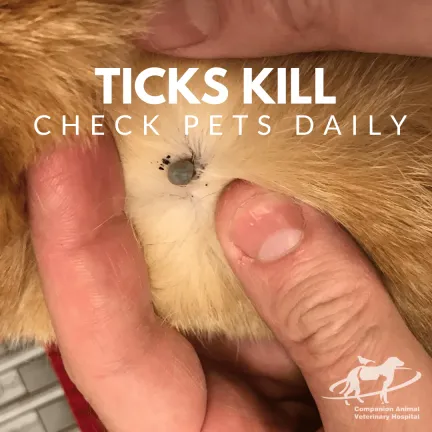There are lots of good reasons to desex your dog but this is not one of them.
Can desexing change my dog's behaviour?
Yes, but it doesn't really have a very significant effect. When dogs are castrated, neutered or speyed the reproductive organs are removed and this causes a reduction in testosterone for the males and oestrogen in the females. Removal of these hormones can effect behaviour and in particular removal of testosterone can reduce the degree of aggression towards other dogs.
It is far more effective as a preventative measure. That is, desexing before puberty hits and the hormones start surging may help prevent aggressive behaviour but once the dog has learnt agressive behaviour removal of the hormones alone will not be effective.
My dog is crazy will it help?
No, but we do get asked this all the time.
I'm not really sure where it has come from but I suspect it is an urban myth that has developed from the fact that the age at which we have traditionally done desexing is 6 months just prior to puberty. From this age on the dogs are maturing and generally become more settled and better behaved.
So no, desexing will not calm your dog down but do it anyway as there are plenty of other good reasons to do it.
Read more articles
- Log in to post comments



